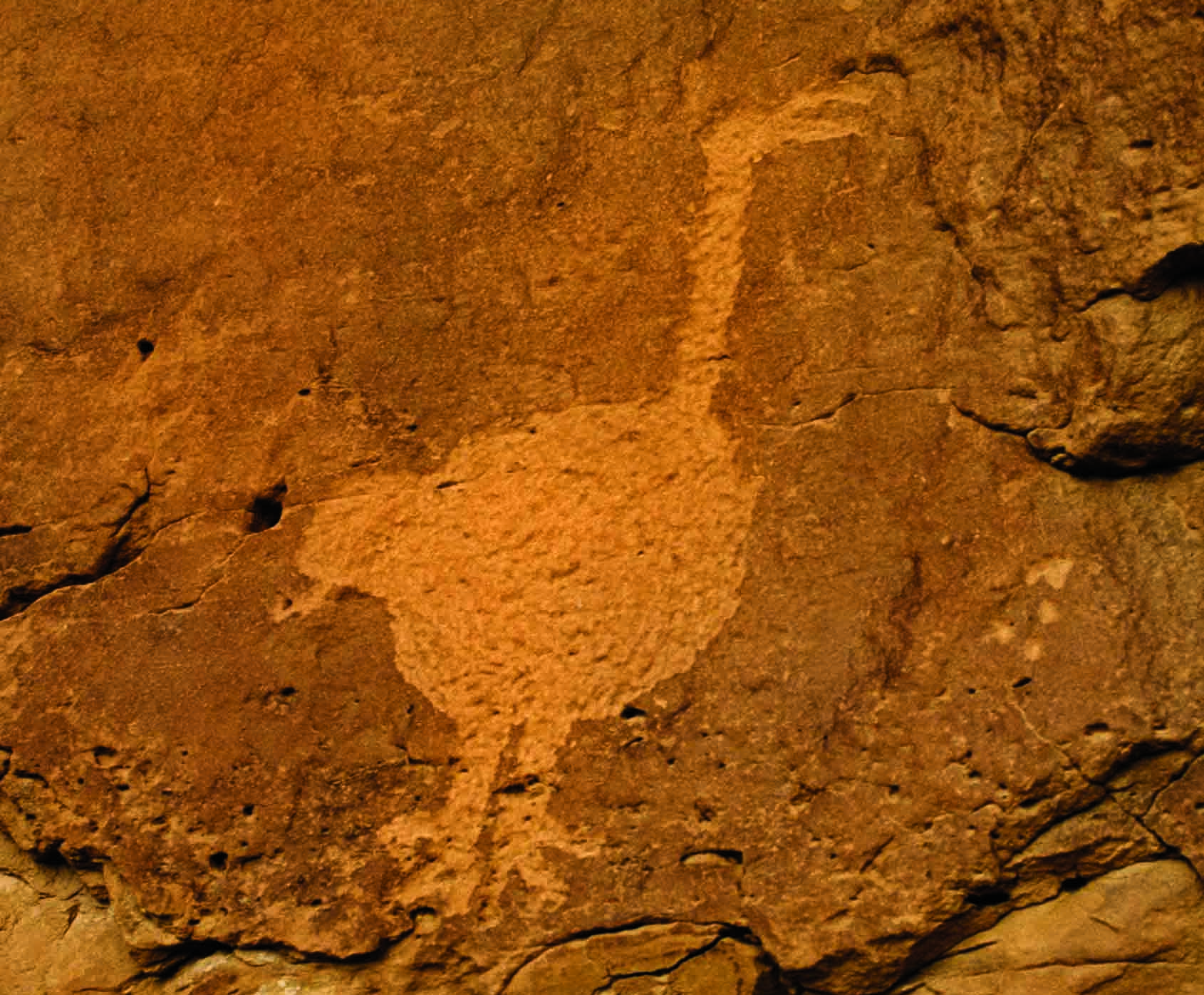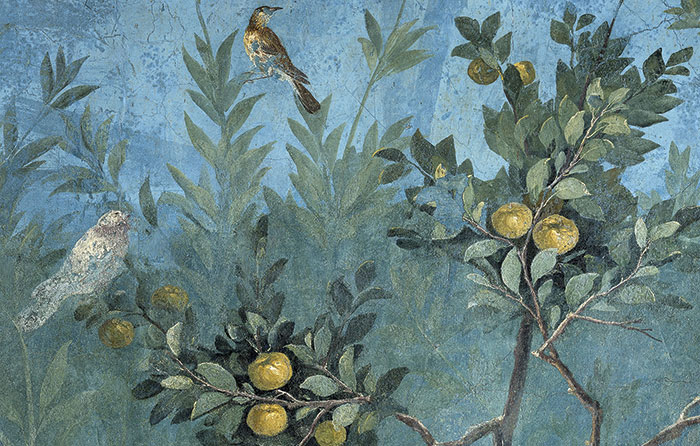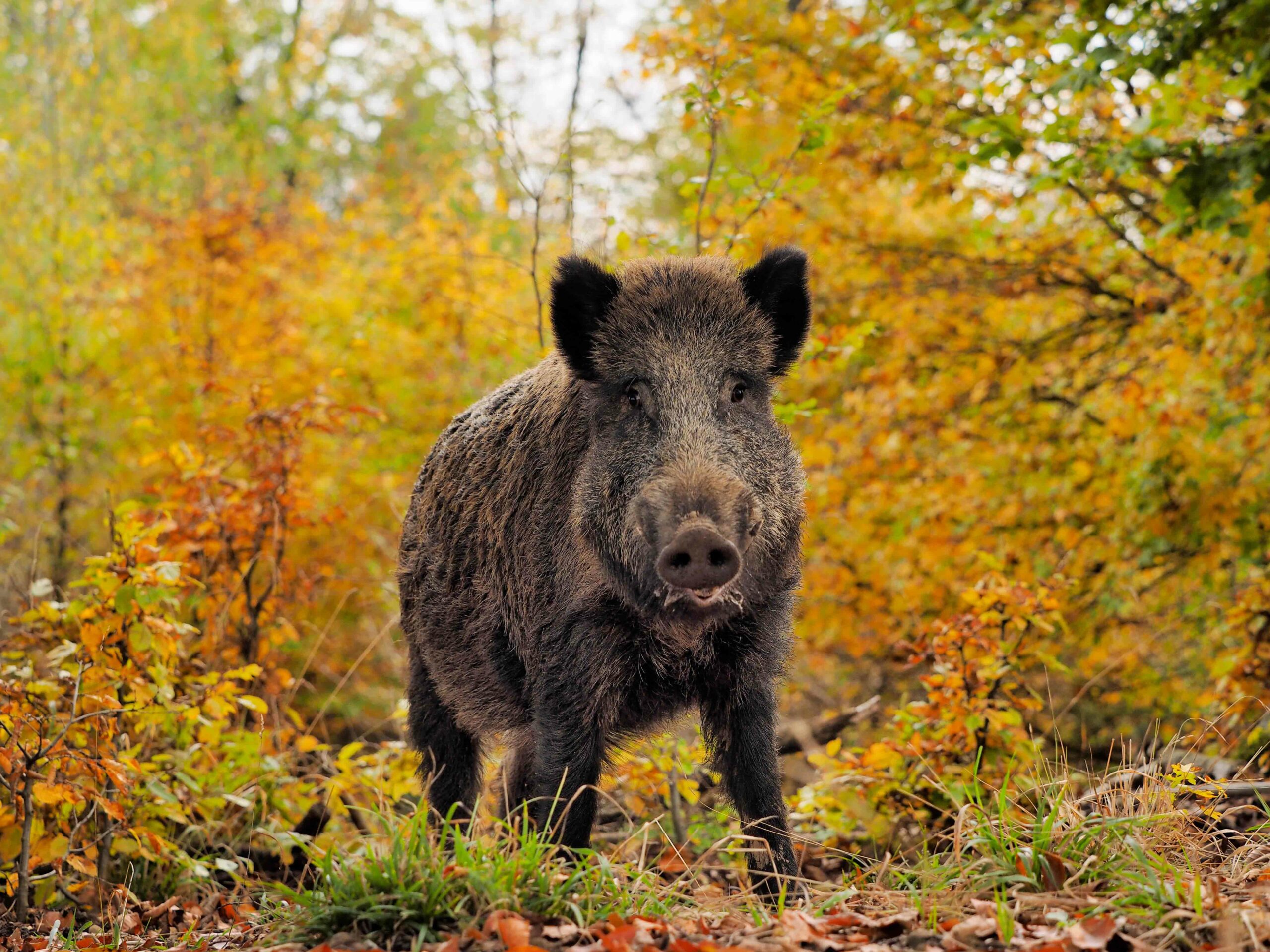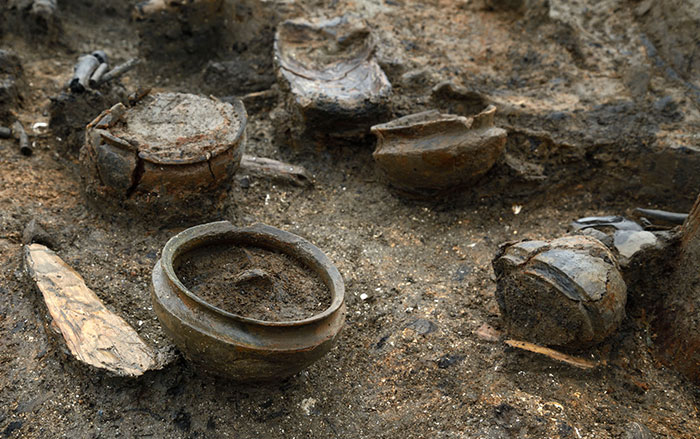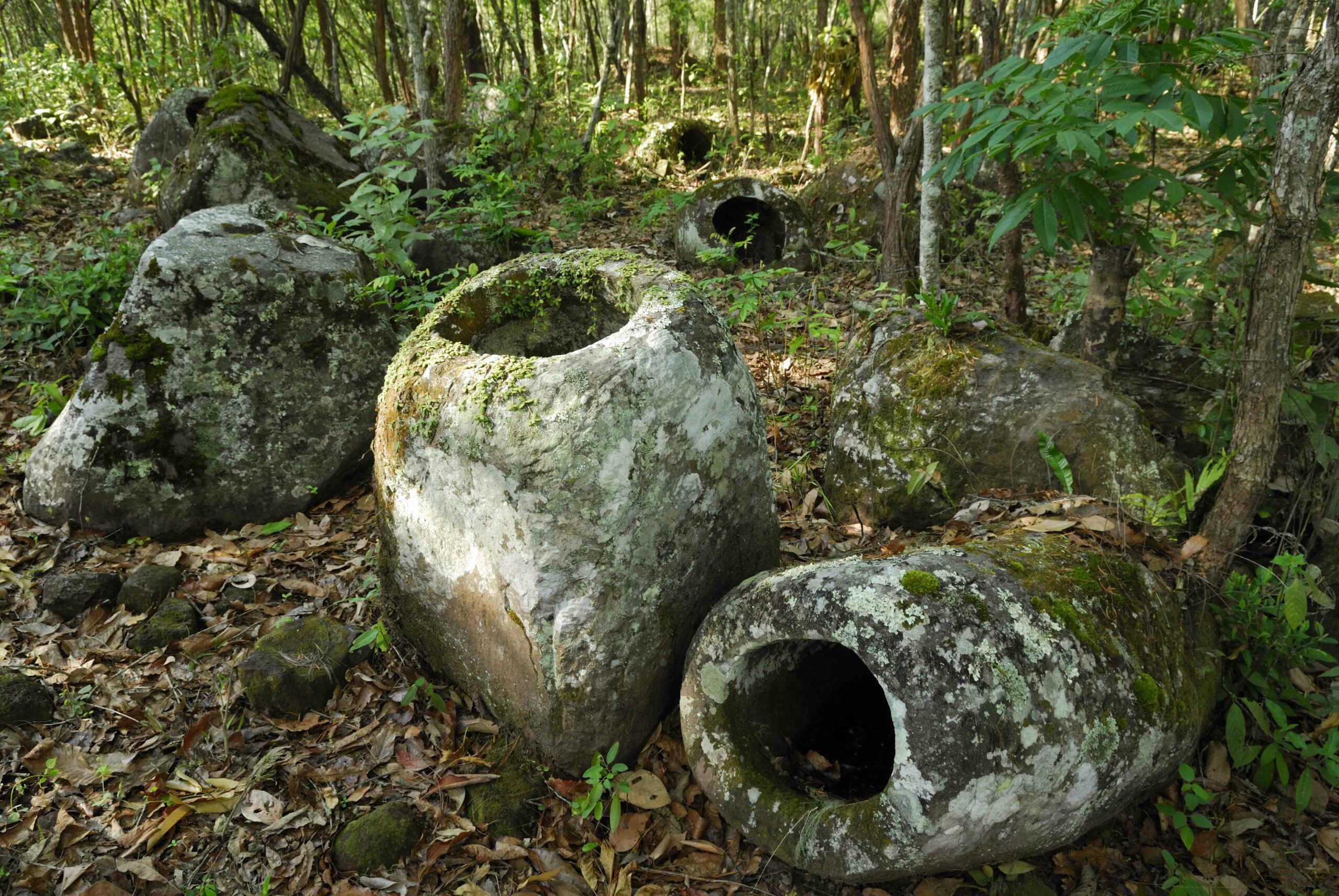
LEIDEN, THE NETHERLANDS—Science reports that ecologist Hans ter Steege of the Naturalis Biodiversity Center and Carolina Levis of Brazil’s National Institute for Amazonian Research and Wageningen University in the Netherlands employed a database of information collected in earlier studies of biodiversity in the Amazon rainforest to search for evidence of domesticated woody species near more than 1,000 archaeological sites in the Amazon basin and the Guiana shield. They found that common domesticated species, such as the Brazil nut tree and palm trees, made up as much as 61 percent of the trees near archaeological sites. Forests near archaeological sites also had more domesticated tree species than places without evidence of past human occupation. “The effect of Pre-Columbian people is much more pronounced than many of us believed,” said Ter Steege. Researchers cannot be sure, however, when domesticated trees became common. For more, go to “Off the Grid: Rio de Janeiro, Brazil.”


